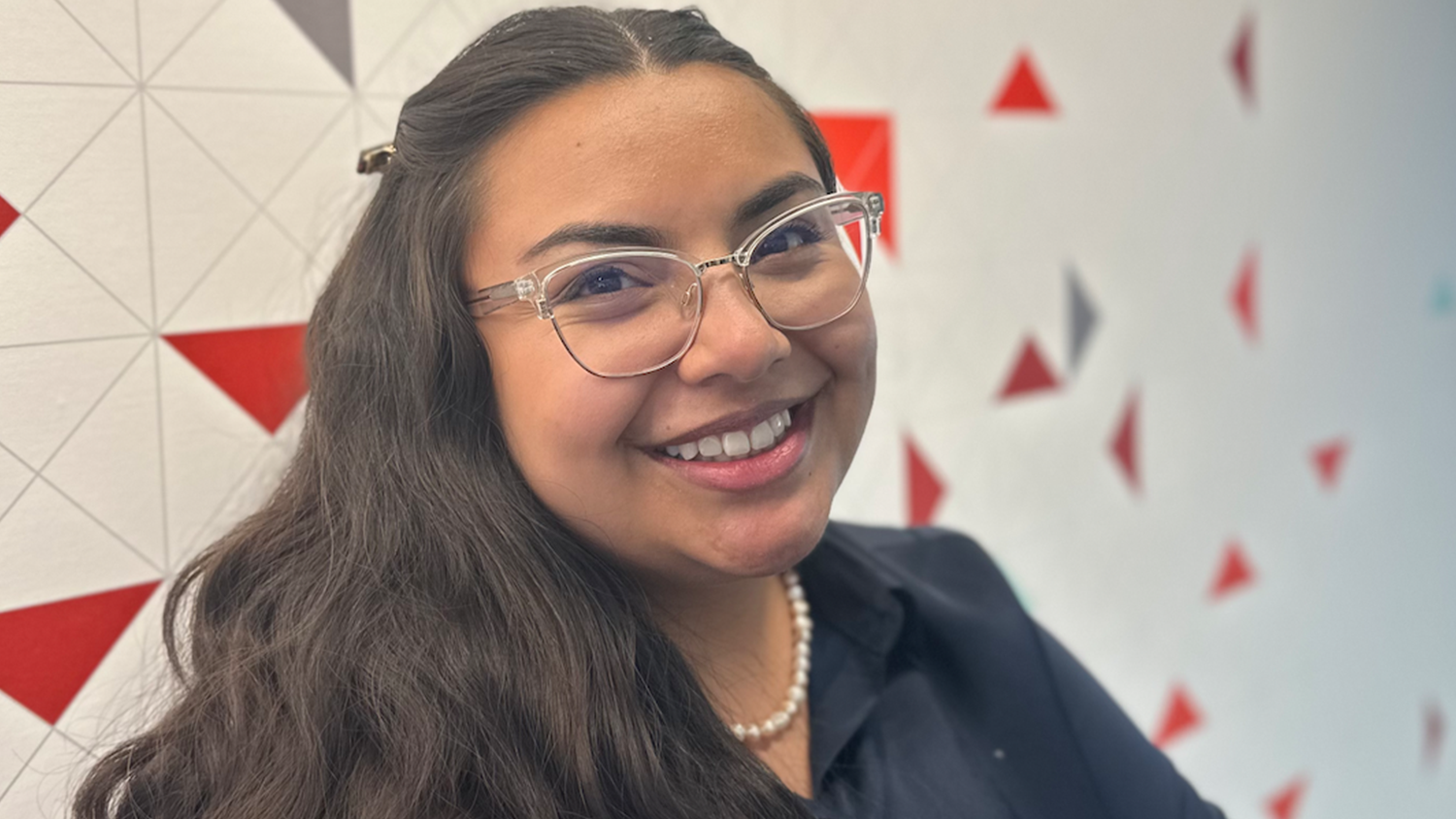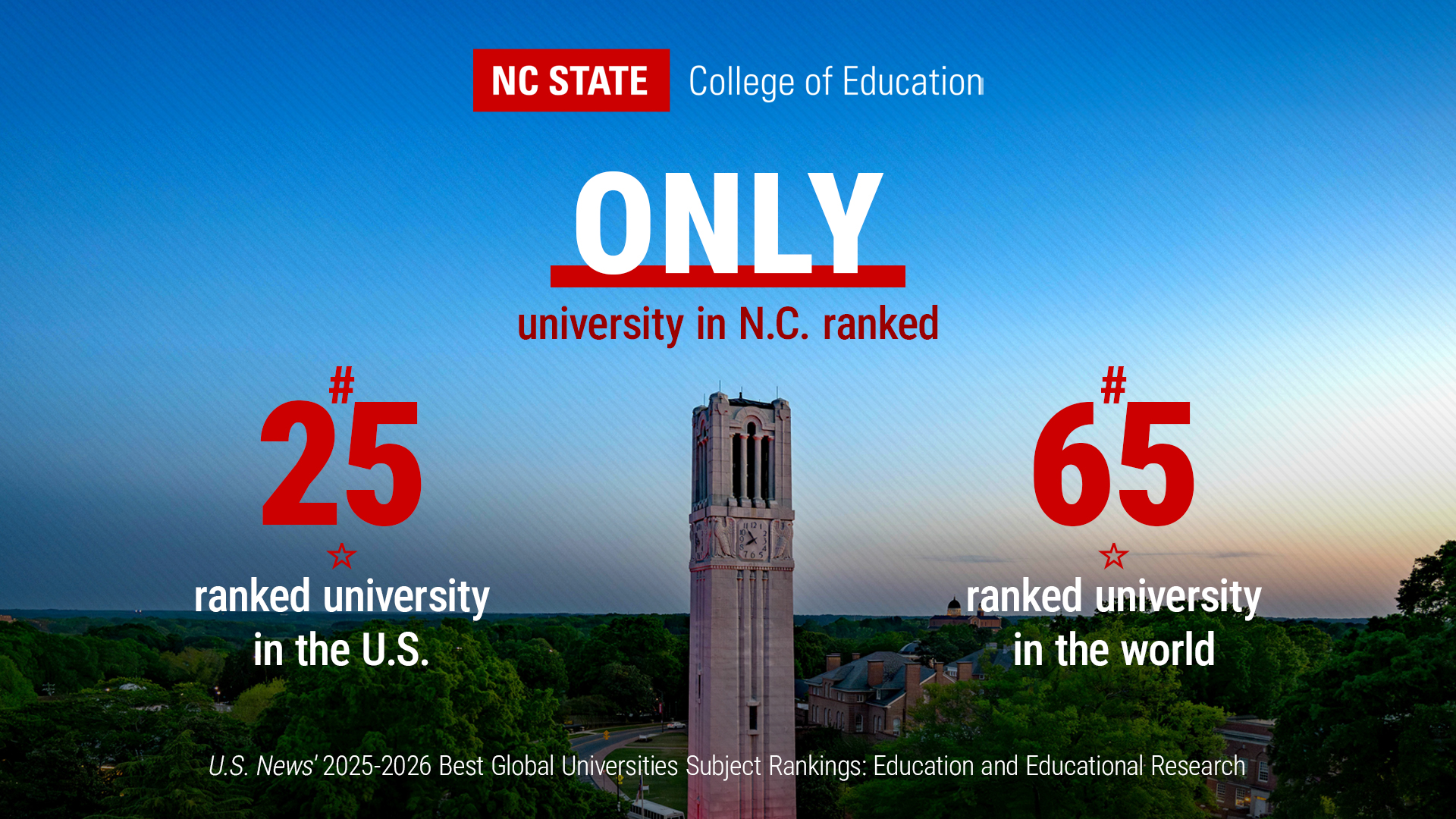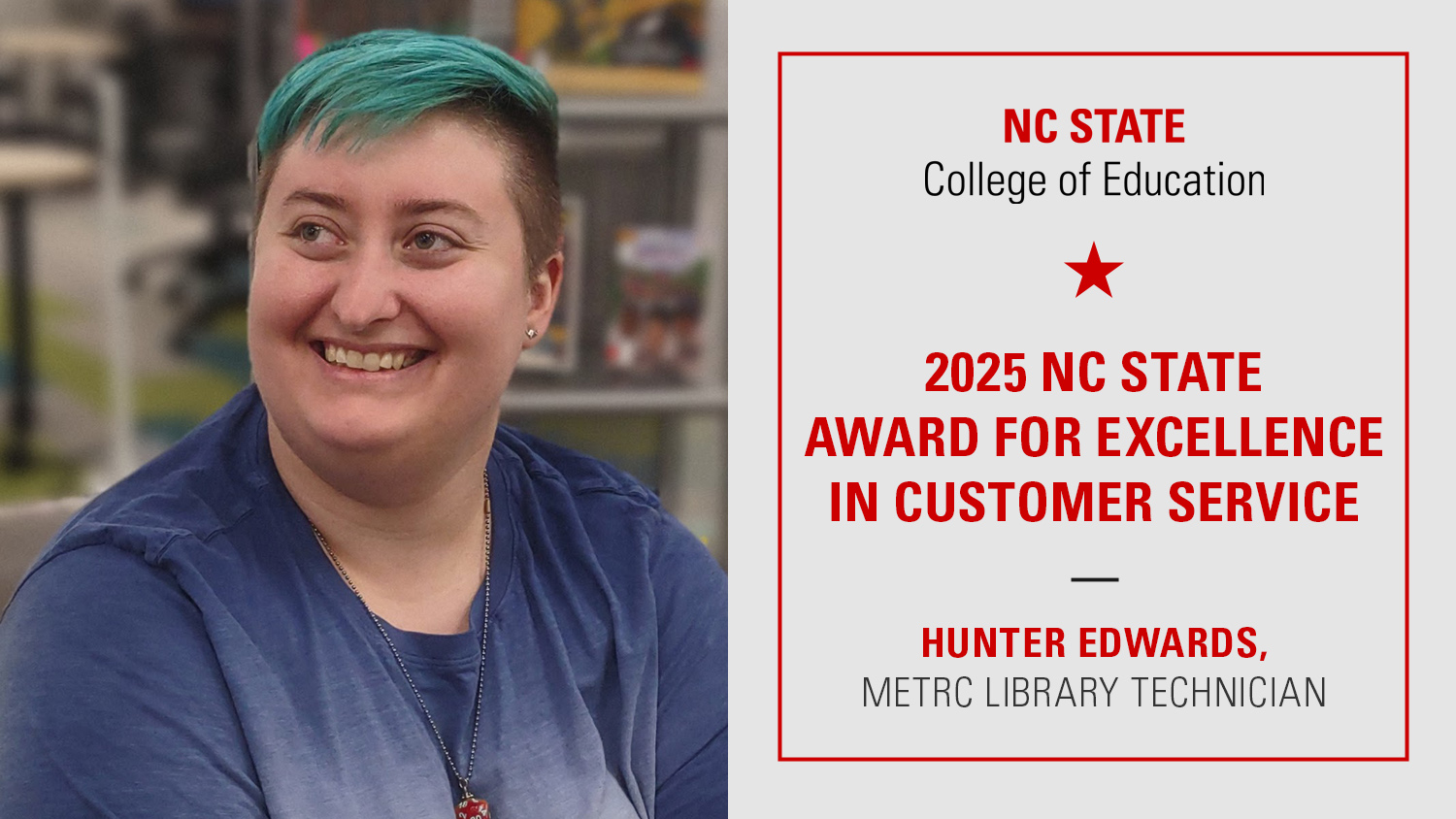Award-winning Paper from Assistant Professor of Learning, Design and Technology Ela Castellanos-Reyes Aims to Make Social Learning Analytics More Accessible to Researchers

NC State College of Education Assistant Professor of Learning, Design and Technology Ela Castellanos-Reyes has received the Outstanding Theoretical Journal Article Award from the Association for Educational Communications and Technology (AECT) Research and Theory Division for a paper she authored related to social learning.
The award recognizes published articles that are relevant to the field of instructional design and bring insights to theory development in the field.
“Good things come in the end to those who persist and, as a junior faculty member, when I see this work getting attention and awards, it helps me see that this is the work that I do best and this is the work that is catching the attention of the field,” Castellanos-Reyes said.
The paper, entitled “The i-SUN process to use social learning analytics: a conceptual framework to research online learning interaction supported by social presence,” aims to serve as a framework to make social learning analytics (SLA) more accessible for researchers who investigate learners’ interactions in online learning environments.
Specifically, Castellanos-Reyes said, she hopes the framework can help researchers to be more precise in their definition of interaction in the context of their particular study. For example, in some research, the word interaction can refer to student communication through discussion boards while others might define interaction as the number of times a student clicks on links or watches a video.
“There are multiple measures [in social learning analytics], and I have noticed that there’s a body of research that demonstrates researchers are using these measures interchangeably,” Castellanos-Reyes said. “The word interaction is highly debated and could mean a thousand different things. My quest is to find clarity in that regard.”
The iSUN framework outlines a four-step process for social learning analytics research related to online learning interaction supported by social presence:
- Interaction selection: This involves defining the learners’ interaction with a given element, which can range from their community of peers to the online learning tools.
- Social presence sub-constructs alignment: Once the type of interaction is defined, researchers must align the interaction with at least one of three social presence elements – open communication, affective communication or cohesive discourse – to guide inquiry.
- Units of analysis and network type definition: This step focuses on defining who the nodes or actors are in the interaction of interest and which type of network better suits that interaction.
- Narrow down network analysis statistics and inferential analysis: Although there are a plethora of network statistics to choose from, this step encourages researchers to limit the number of measures used and contextualize the definition of basic network statistics frequently used in SLA for online learning.
By following these steps with clarity, Castellanos-Reyes said it will help scholars to conduct research that will be more reproducible.
The paper states that the i-SUN framework can be applied to a variety of research applications, including the use of task-centered approaches to foster communities in online learning, using learning network interaction to foster knowledge transfer, exploring correlational and inferential network analysis, and questioning the boundaries of online communities and who belongs in them.
For Castellanos-Reyes, she hopes her work in social learning analytics will help scholars “get back to basics” and focus on the instructional configurations that will work best for online learners.
For example, while social learning analytics looks at learning as a community-based and social activity, scholars should consider the way students are interactive agents with the entire educational ecosystem, not just the way they interact with their peers and instructors.
“My previous research showed that you don’t necessarily need the whole course to feel that you are part of a community,” she said. “I’m going back to basics; perhaps we don’t need to complicate instruction with multiple elements but rather leverage those that are demonstrated to be useful.”
- Categories:


